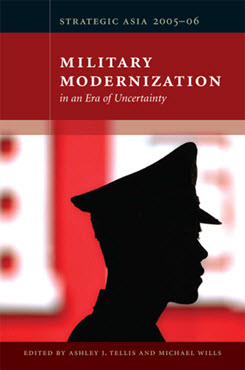China's Economic Growth
Implications for the Defense Budget
This chapter examines whether China will be able to sustain high rates of economic growth over the coming decades and draws implications for the Chinese defense budget.
EXECUTIVE SUMMARY
MAIN ARGUMENT
- Numerous weaknesses in the Chinese economy include a banking system with non-performing loans, serious environmental challenges, and the need to accommodate 300–500 million rural-to-urban migrants over the next two decades.
- Barring war in the Taiwan Strait, however, high rates of economic growth are likely to continue in China for at least the next decade. Both China’s high rate of investment and the rapid expansion in the education level of its workforce are likely to continue. The large pool of underemployed rural labor can also be shifted to higher productivity urban jobs.
- During the first half of the reform period, military expenditures did not seem to increase at all in real terms. Since 1996, however, defense expenditures have been rising more rapidly than the growth rate of GDP.
POLICY IMPLICATIONS
- Sustained high rates of growth help China to remain politically stable, which is in the best interests of the U.S.
- By contrast, protectionist trade measures directed at China will make little real difference to unemployment levels in the U.S. or the size of the U.S. current account deficit, but could hurt Chinese growth and certainly increase tension between the two nations.
- China’s defense expenditure will continue to rise. The U.S. is not in a position to stop this growth, but there is likewise little reason for the U.S. (or the European Union) to try to facilitate this growth, either through direct sales of advanced weaponry or by cooperation in research that has clear military applications.
Strategic Asia
The Strategic Asia annual edited volume incorporates assessments of economic, political, and military trends and focuses on the strategies that drive policy in the region. Learn more about Strategic Asia.



